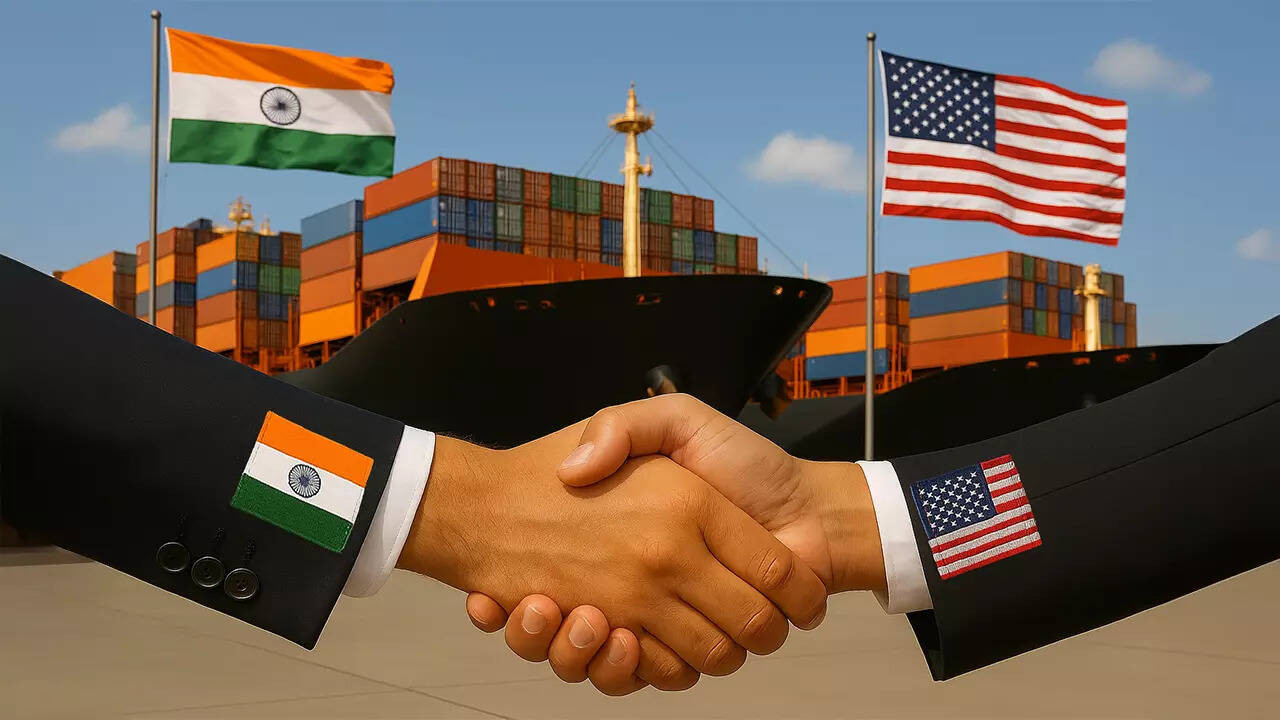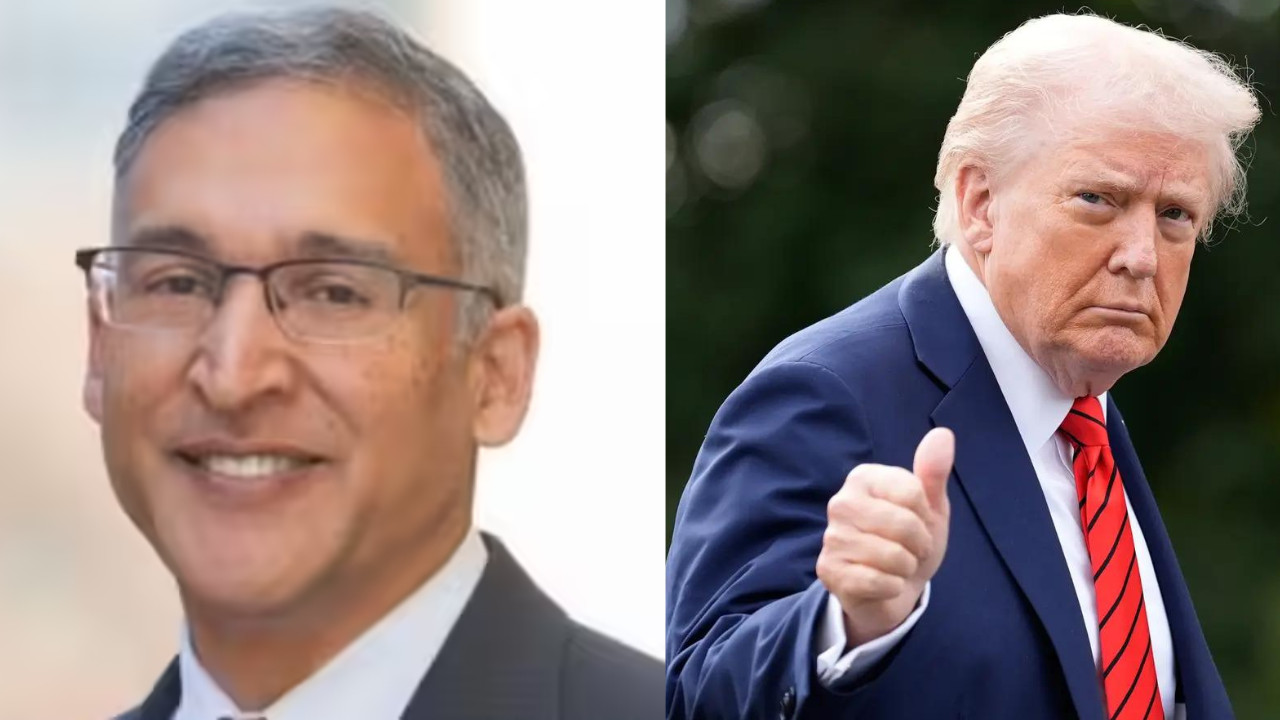India and the US are committed to progressing towards a trade agreement, as stated by the Ministry of Commerce & Industry. During Commerce Minister Piyush Goyal’s visit to the US, both sides discussed potential aspects of the deal and agreed to continue discussions for a mutually beneficial outcome.
India and the US: Charting a Course Towards Closer Trade Ties
The aroma of opportunity is certainly in the air as India and the United States navigate the complexities of forging a stronger trade partnership. Fresh from Commerce Minister Piyush Goyal’s recent visit to the US, the Ministry has offered an encouraging glimpse into the ongoing negotiations, emphasizing the shared ambition to achieve an “early conclusion.” But what does this really mean for businesses and consumers on both sides of the globe?
This isn’t just about dry economics; it’s about weaving together two vibrant economies, unlocking potential, and shaping the future of global commerce. Think of it as crafting a finely tuned engine, where each component (tariff reductions, regulatory alignment, and dispute resolution mechanisms) needs to work harmoniously to drive sustained growth.
Deepening the Dialogue: Beyond the Headlines
Goyal’s trip wasn’t simply a photo opportunity; it involved substantive discussions across a range of crucial areas. From ironing out wrinkles in existing trade flows to exploring entirely new avenues for collaboration, the focus was crystal clear: creating a robust and mutually beneficial framework. While specifics of the negotiation remain confidential, the Ministry’s statement suggests both sides are actively seeking common ground.
One key area likely under discussion is easing market access for Indian goods in the US. This could translate into lower tariffs on products ranging from textiles to pharmaceuticals, making them more competitive in the American market. Reciprocally, the US is keen on expanding its presence in the Indian market, particularly in sectors like agriculture and digital services.

The elephant in the room, of course, is the issue of tariffs. Both nations have historically employed tariffs to protect domestic industries. Finding a balance that promotes fair competition without stifling growth is a delicate act. The “early conclusion” mantra suggests a willingness to compromise and expedite the negotiation process, hinting that both sides recognize the urgency of solidifying their trade relationship in an increasingly competitive global landscape.
A Boon for Businesses? The Potential Upsides
A successful trade agreement between India and the US could unlock a treasure trove of opportunities for businesses, both large and small. Imagine streamlined customs procedures, reduced bureaucratic hurdles, and greater certainty in trade regulations. For Indian companies, this could mean easier access to the vast American market, while US firms could find India an even more attractive destination for investment and expansion.
Think of the impact on specific sectors: Increased collaboration in technology could accelerate innovation in areas like artificial intelligence and renewable energy. Easier access to agricultural markets could benefit farmers on both sides of the Pacific. And a simplified regulatory environment could encourage more cross-border investments, creating jobs and stimulating economic growth.
Navigating the Challenges: A Path Forward
Of course, the road to a comprehensive trade agreement is rarely smooth. Differences in regulatory standards, intellectual property rights, and agricultural subsidies can present significant challenges. Finding common ground on these complex issues requires patience, understanding, and a willingness to compromise. But based on recent movement, both sides appear committed to overcoming these hurdles. Learn more about the ongoing efforts to strengthen Indo-Pacific ties.
The “early conclusion” goal also signals a shift in approach. Rather than aiming for a grand, sweeping agreement that could take years to negotiate, the focus seems to be on achieving incremental progress by addressing the most pressing issues first. This pragmatic approach could pave the way for a more comprehensive deal in the future.
The Bottom Line: A Promising Trajectory for India US Trade
While the details remain under wraps for now, the Commerce Ministry’s update paints a positive picture. The commitment to an “early conclusion” suggests that both India and the US are serious about deepening their trade relationship. This could translate into significant benefits for businesses and consumers on both sides of the globe. As the negotiations continue, the world will be watching closely to see how these two economic powerhouses shape the future of global trade. The successful execution of this deal could represent a significant step forward, ushering in an era of unprecedented collaboration and shared prosperity.







